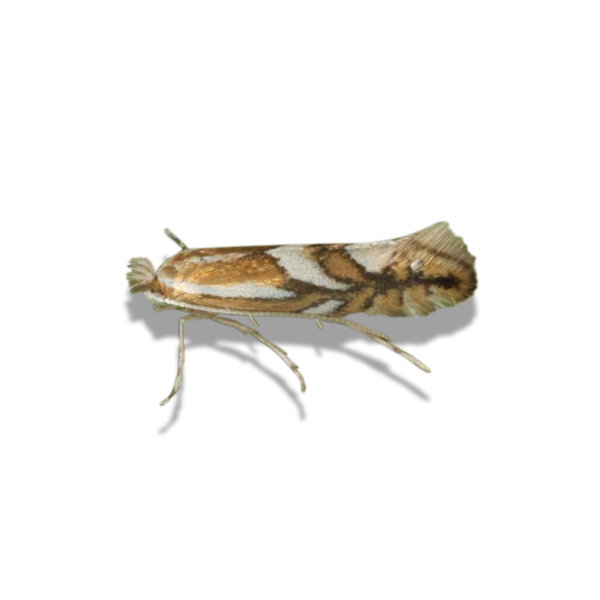Spotted Tentiform Miner, Phyllonorycter blancardella
Phyllonorycter blancardella, Spotted tentiform miner is a damaging insect of apple and pear.
The synonym is Lithocolletis blancardella. The other common name of this insect is Blotch miner. The species is commonly distributed in France, England and Wales, Scotland, Ireland and other parts of Europe.
Russell IPM manufactures and supplies pheromone lures, traps and complete monitoring systems for Phyllonorycter blancardella, Spotted tentiform miner. Pheromone trap data gives early warning of the infestation and also exhibits the density of the insect population.


